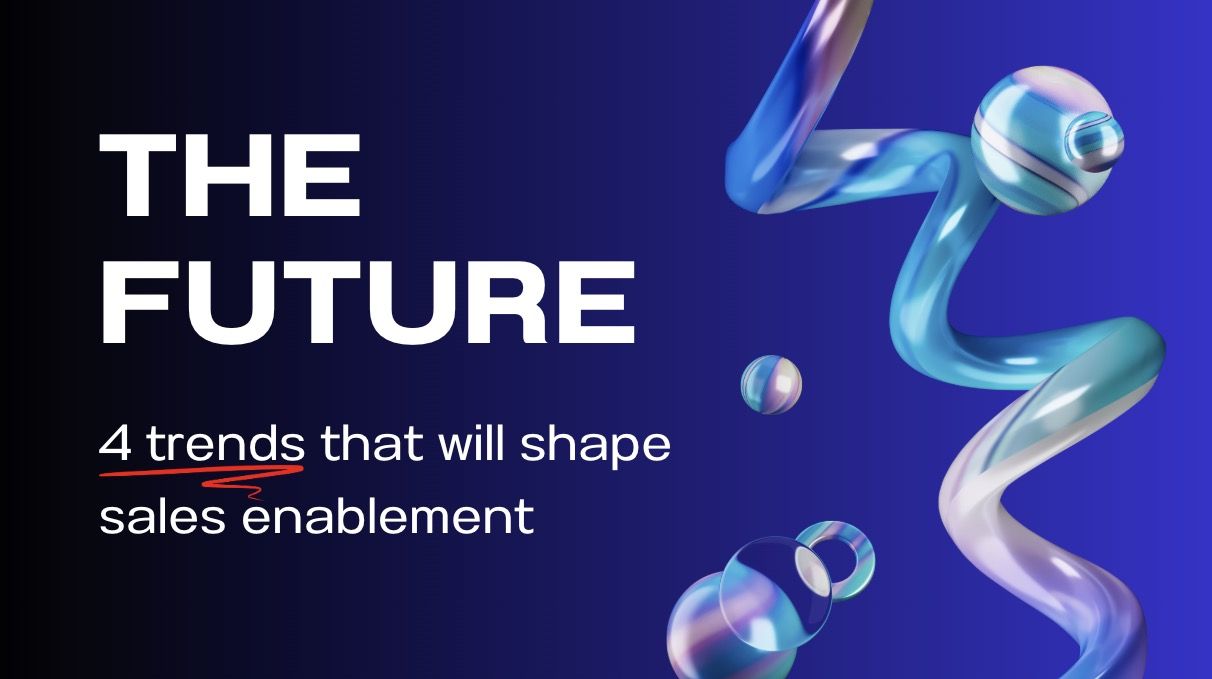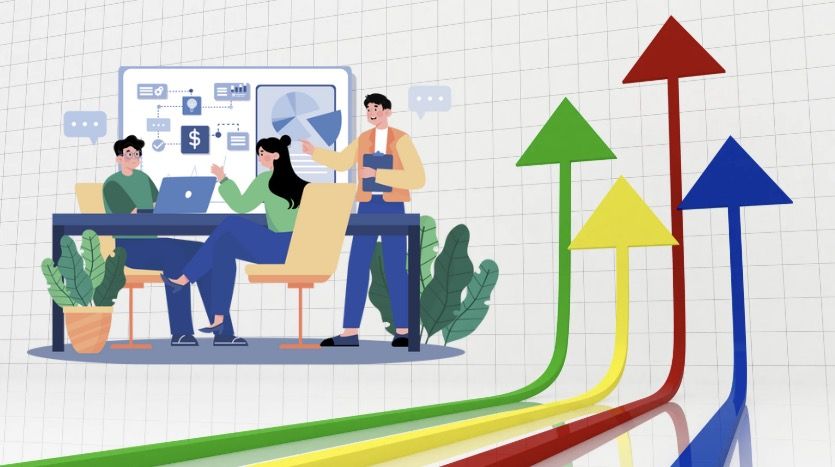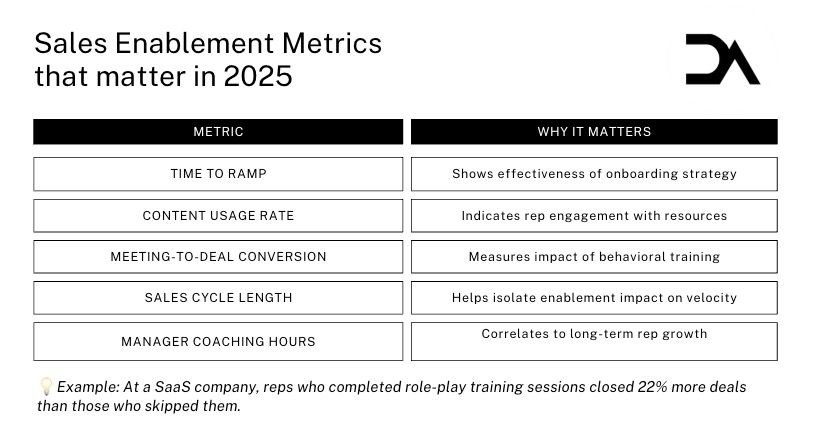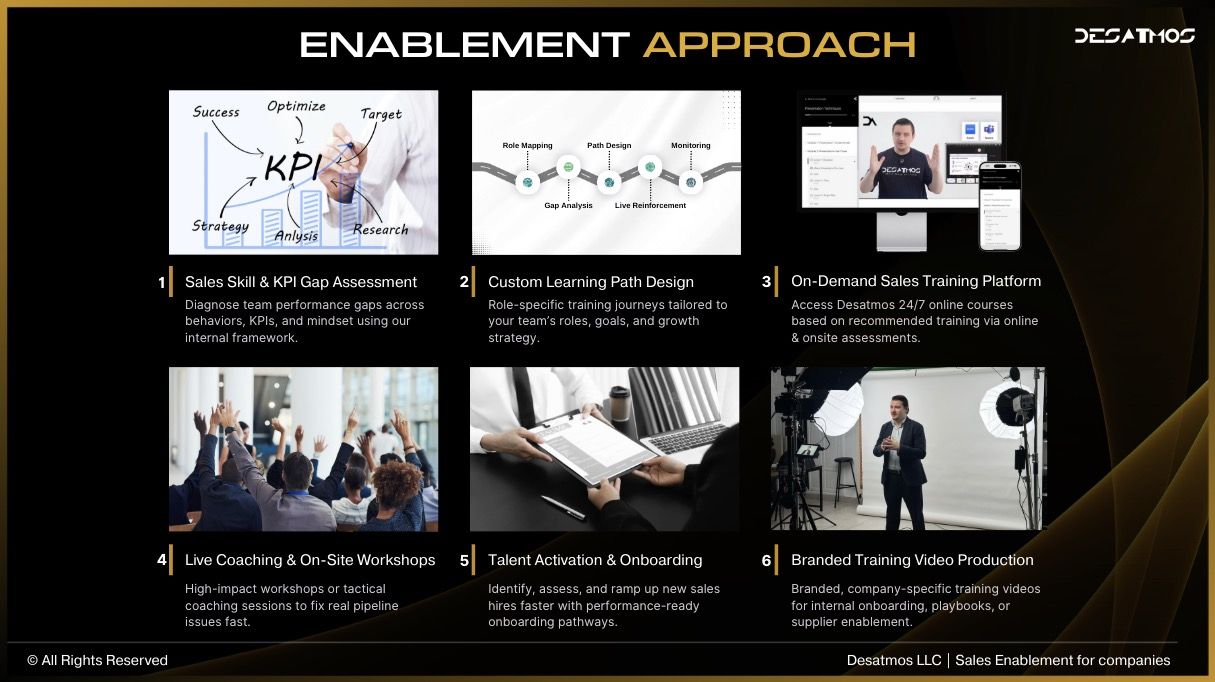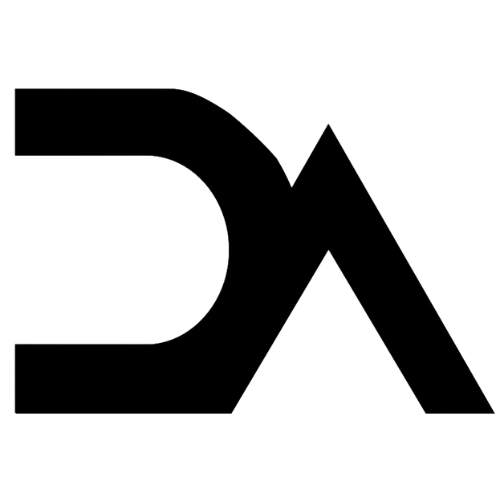To be effective in 2025, your enablement program must be dynamic, not static. It should include:
1. Buyer-Centric Content
Content must map to real buyer stages not internal milestones. Think competitive battle cards, objection-handling scripts, ROI calculators, and use-case-specific decks.
👉 Learn more |
Desatmos Full Courses
2. Integrated Sales Training
Training must go beyond product knowledge. It should include situational role plays, tonality practice, and objection mastery. And it must integrate into reps' workflow — not pull them out of it.
👉 Learn more |
Desatmos Advanced Follow-up Course
3. Behavioral Reinforcement
According to Gartner, 70% of sales training is forgotten in 24 hours. Behavioral enablement fixes that. This includes micro-assessments, daily refreshers, call reviews, and manager-led coaching loops.
4. Alignment With Revenue Strategy
Enablement doesn’t end after onboarding. The best teams run live simulations, micro-coaching sessions, and post-call breakdowns to reinforce techniques.
What does this mean?
As we can see, today’s B2B buyers are self-educating, risk-averse, and digitally driven. They expect tailored value, not generic pitches. These four components are what make sales enablement a strategic engine.
What’s changed is the environment, where there are more stakeholders per deal, longer sales cycles, global selling teams, and massive pressure to deliver ROI fast.
This means that sales enablement has evolved from a reactive role into a cross-functional discipline. It's anchored in buyer psychology, powered by technology, and measured by behavioral outcomes. The goal is not about enabling reps to sell more, it’s about enabling them to sell differently aligned to the modern marketplace.
Empty space, drag to resize
Why Mastering Objections Matters:
